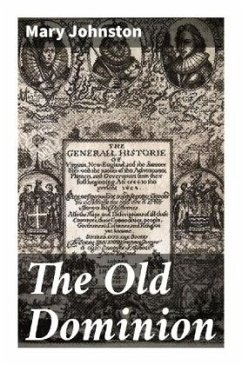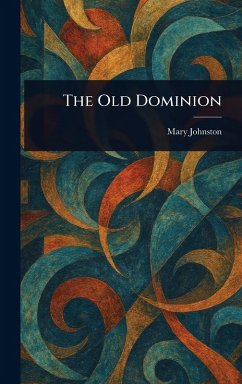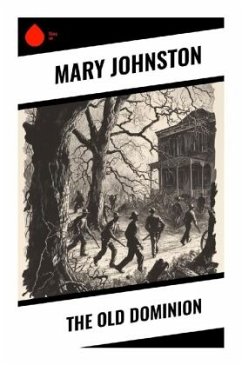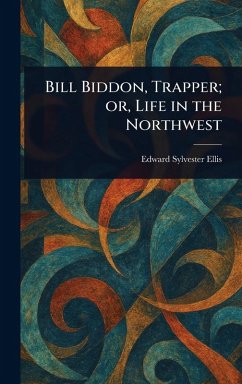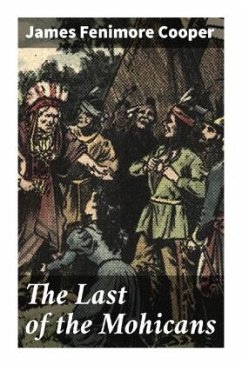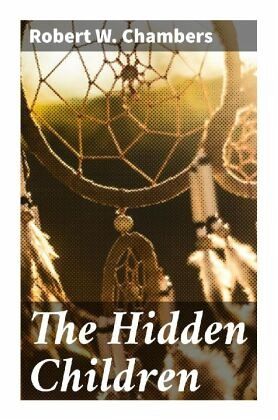
The Hidden Children
Versandkostenfrei!
Versandfertig in 6-10 Tagen
11,99 €
inkl. MwSt.

PAYBACK Punkte
6 °P sammeln!
In "The Hidden Children," Robert W. Chambers masterfully intertwines themes of innocence, longing, and the haunting specter of loss through a series of interconnected tales that illuminate the hidden lives of children within the framework of early 20th-century society. Chambers employs a lyrical style, combining evocative detail with a dreamlike quality that allows for deep emotional resonance and reflection. The text sits at the intersection of romanticism and modernism, showcasing a shift in sensibility that challenges prevailing narratives of childhood and maturity during an era marked by r...
In "The Hidden Children," Robert W. Chambers masterfully intertwines themes of innocence, longing, and the haunting specter of loss through a series of interconnected tales that illuminate the hidden lives of children within the framework of early 20th-century society. Chambers employs a lyrical style, combining evocative detail with a dreamlike quality that allows for deep emotional resonance and reflection. The text sits at the intersection of romanticism and modernism, showcasing a shift in sensibility that challenges prevailing narratives of childhood and maturity during an era marked by rapid societal change. Chambers, known for his earlier works such as "The King in Yellow," was deeply influenced by the symbols of the ephemeral and the struggles against the inexorable passage of time. His own experiences and observations of society's treatment of children likely fueled his desire to explore the rich inner lives of the younger generation, often overlooked in the adult-centric discourse of his time. His literary journey reflects a commitment to understanding the multifaceted nature of youth amidst the complexities of adulthood. This poignant collection is recommended for readers interested in the intricacies of childhood and the nostalgia it evokes. "The Hidden Children" invites both scholarly discourse and personal reflection, making it a compelling read for those who appreciate literature that addresses the delicate interplay of innocence and experience.



